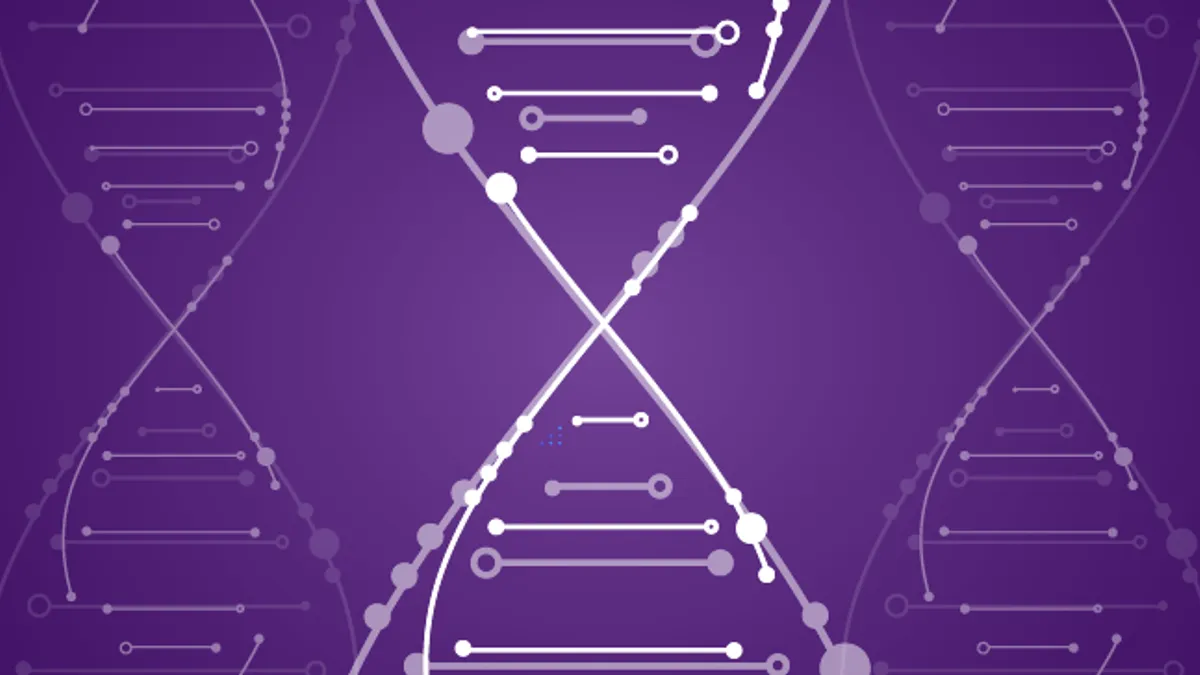As digital medicine continues to expand and take on a more prominent role in patient care, the CPT® code set continues to provide the coding infrastructure needed to successfully integrate new technology into clinical practice. This infrastructure goes beyond just creating CPT codes, it also includes resources to assist in understanding how digital medicine services are described and interrelate in the larger context of the CPT code set.
On the horizon: Digital medicine taxonomy
The CPT Editorial Panel ensures CPT codes keep pace with innovation across the health care spectrum. As the CPT code set has greatly expanded over the past few years, incorporating new digital technologies at a rapid pace, the AMA's Digital Medicine Payment Advisory Group (DMPAG) identified a need for a taxonomy to better manage the wide range of CPT codes for digital medicine.
The Digital Medicine Taxonomy was approved at the October 2020 CPT Editorial Panel meeting and will be published in the CPT 2022 code book. The AMA will also provide further public information regarding the digital taxonomy on its website.
The taxonomy—or system of classification—offers an organized, single source that visually communicates all the CPT codes that correspond to digital medicine and how the associated work is either distinct or overlaps. This new reference source will be a helpful visual for users to both better understand which codes apply to digital medicine and what coding gaps may remain for emerging services.
Harmonizing with new technologies
The framework of the taxonomy is designed to evolve with emerging digital medicine technologies. In other words, the Digital Medicine Taxonomy will expand as digital medicine expands. As new technologies are integrated into clinical practice, existing codes may change to echo updates, or entirely new CPT codes may be needed for groundbreaking innovations. The format of the taxonomy will not allow novel technology to get confused against the myriad existing CPT content—rather it will be clear as to how each new service distinctly fits into the digital medicine landscape.
From the user perspective, the taxonomy will support increased awareness and understanding of approaches to patient care. Not only will digital medicine services be available for reporting in the CPT code set be highlighted, the framework will help users conceptualize how digital services can be used in practice, by organizing services into the following categories of work. This will highlight the codes that fall into each of these buckets, which represent the complete broad buckets that are in the digital taxonomy.
- Clinician-to-Patient Services (e.g. visit)
- Clinician-to-Physician Services (e.g. consultation)
- Patient Monitoring Services
- Digital Diagnostic Services
Who should use the digital medicine taxonomy?
The taxonomy will be helpful for many audiences, from coders and administrators working to develop programs that incorporate digital medicine to physicians and qualified health care professionals using the technology to take care of their patients. Furthermore, stakeholders in the CPT Editorial Panel process, might be interested in determining if the digital medicine service they have developed can be accounted for within the current code set or if there is a coding gap.
A user might also consult the taxonomy to see what is new in digital medicine. For instance, new for 2021 are services for AI enabled diagnostic support such as automated retinopathy screening and external electrocardiographic recording--both of which build on existing families of services offering new approaches to care that have the potential to improve patient outcomes and access.
The Digital Medicine Taxonomy will be released this August. Sign up to learn more.










